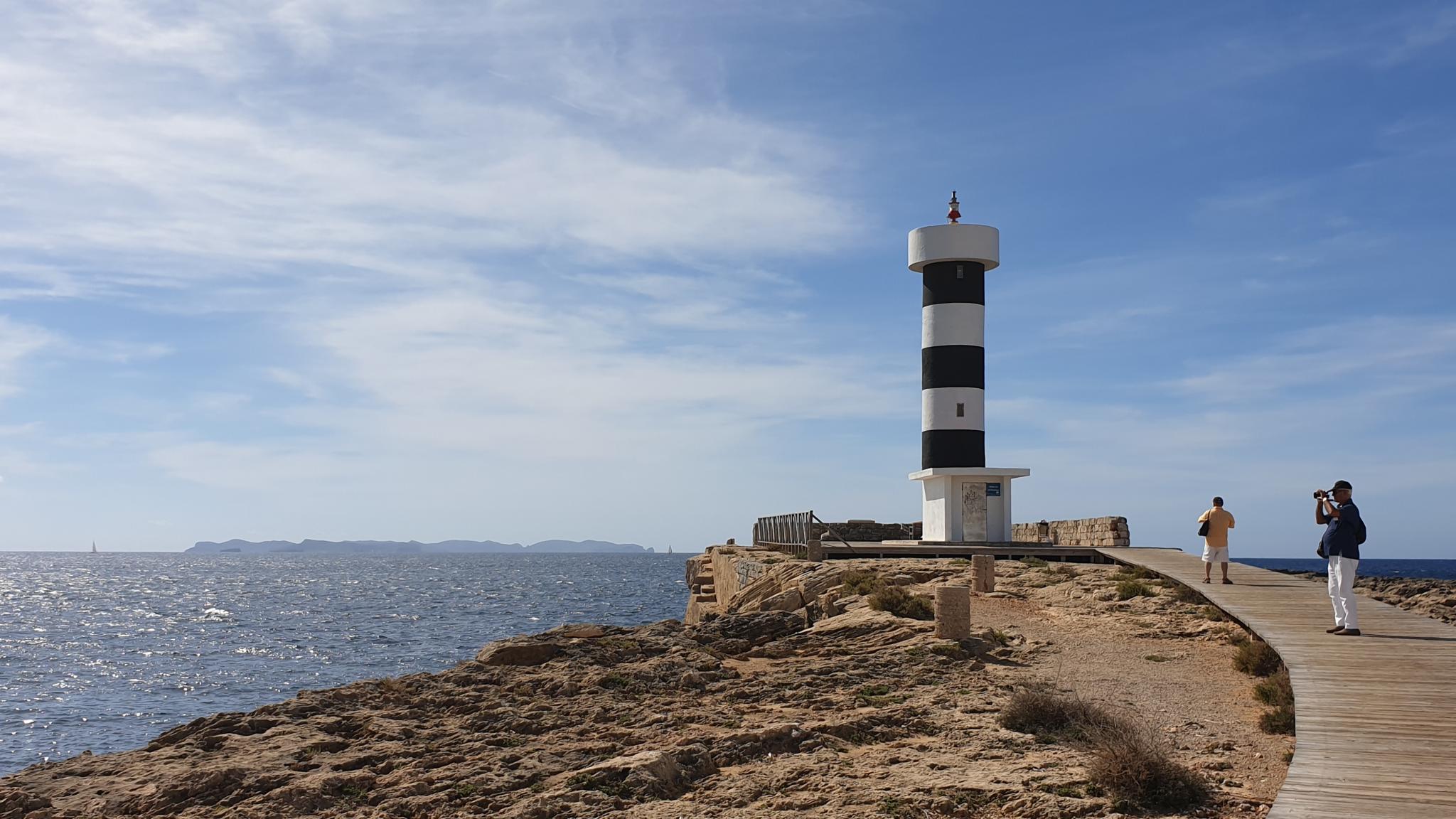The text of the law was published in June of that year in the Gaceta de Madrid, the forerunner of what is now the Official Bulletin of State. It was to be one of the final items of legislation in the name of Queen Isabel II. At the end of September 1868, Isabel’s forces were defeated at the Battle of Alcolea. The Glorious Revolution led to her being deposed.
It was small surprise that it had taken as long as it had to come up with definitive legislation. Isabel’s reign was marked by constant upheaval, which finally came to a head in 1868. The progressive liberals and republicans rose up, naval forces in Cadiz mutinied, and the revolution was to eventually result in the shortlived First Republic of 1873 to 1874. It was a revolution which went wrong from the outset, as there was never any consensus as to what it should result in. With the exception of the brief period of the republic, it wasn’t a revolution that deposed the monarchy as an institution, and in its midst the aristocracy was largely unaffected.
So, one hundred and fifty years ago in 1870, the farming colony of Sant Jordi in Majorca was founded. It was the first such colony on the island and was in fact governed by one of the previous items of legislation - a law from 1855. But as with the colonies that were to be founded on the back of the 1868 law - Ses Comuns Velles de Campos was to be the first in 1874 - it benefited from certain advantages, namely tax exemptions, and it was founded by a member of the nobility.
The document which set out the terms for the colony was headed - Colonia Agricola San Jorge: Fundada por el Excmo. Sr. Marqués de Palmer. The Excelentísimo, most excellent Marquis, was Jorge (aka Jordi) Dezcallar. It might appear as if the naming of this colony was an exercise in self-promotion, but the Jorge (Jordi) was coincidental. It was a colony in the name of one of the most prominent of saints - Saint George. Colonia San Jorge it may have been in 1870, but the Catalan Colonia Sant Jordi has long assumed primacy over the Castellano.
Although it was the saint who gave his name to this part of what was then in Campos, personal aggrandisement wasn’t completely unknown when it came to the naming of these colonies.
In 1876, Henry Robert Waring founded the colony in Albufera, Alcudia. Known as Gatamoix, it was an asset of the New Majorca Land Company, which was to eventually be headed by Lee Bateman, the son of the most celebrated of the British engineers, John Frederick La Trobe Bateman. Lee went native, converted to Catholicism, changed his name to Lluís and also changed the name of the colony - Colonia Sant Lluís.
Coming back to the Marquis’s document, it stated: “With the aim of contributing to the development of agriculture in a most fertile region, which on account of its topographic position remains almost uncultivated, a farming colony is to be established with all the benefits of the law of 21 of November 1855 and of other existing dispositions.”
The colony was on the estate of S’Avall, and under the terms of its founding, the owner (the Marquis) would, among other things, “freely cede to each settler a plot of land demarcated in the plan for the new settlement”. On this land, the settler would be able to build a house, but there was to be a payment - “of a price that is considered appropriate” - for the leasing of an area not less than four “quarterades” (four times 7,103 square metres). The tenant settlers were to be given first refusal to purchase their land at the end of tenancy agreement if the owner decided that he would be selling it.
While it isn’t known what the “appropriate” price was, the tenant settlers would seem to have got a reasonable enough deal. They also had the benefit of being by the sea. The four colonies that survived - Colonia Sant Jordi, Colonia Sant Pere, Porto Cristo and Portocolom - all offered fishing as a form of economic diversification.
The Dezcallar of Colonia Sant Jordi fame was from a very long noble line. A Ponç Dezcallar settled in Majorca in 1290, but the first Dezcallar can be traced back to a Catalan in 1002. The title of Marqués de Palmer was bestowed on one Gabriel Abri-Descatlar i Serralta by the Archduke Carlos of Austria, as he was most commonly known, although he was also Carlos III of Aragon and indeed Carlos VI, the Holy Roman Emperor. This was some time in the early eighteenth century. Gabriel was the sergeant major of the Ciutat de Mallorca (Palma), and so this has given rise to the idea that Palmer is derived from Palma. It isn’t. Palmer was the name of the lands in Campos owned by the Dezcallar (Descatlar) family, although there is a theory about the origins of the names Palma and Palmer which link the two - they are both from pre-Roman words pal and ma, meaning swamp and water.


No comments
To be able to write a comment, you have to be registered and logged in
Currently there are no comments.